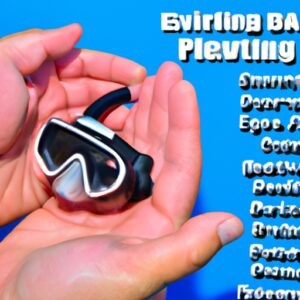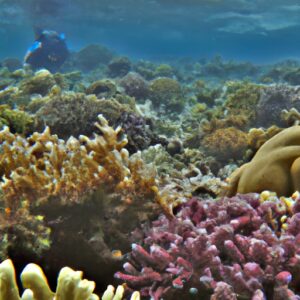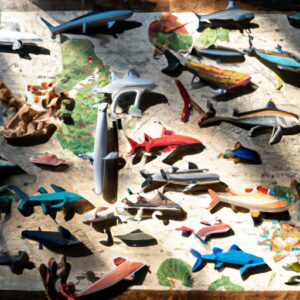
A Guide to Underwater Photography Training and Techniques
Hey there fellow adventurer, are you looking to add that extra spice to your travel photography portfolio? Then you’ve come to the right place! Underwater photography might seem daunting at first but with the right training and techniques, you can capture breathtaking underwater shots that will definitely wow your friends and family.
Training:
Before diving into the deep blue, it’s important to have appropriate training to ensure a safe and successful dive. There are several scuba diving schools across the globe that offer underwater photography courses. They not only teach you how to take great underwater shots but also the safety precautions of diving in unfamiliar waters.
Do your research and find a school that offers a comprehensive photography course, and also check if they have their own equipment for you to use. Even if you already know how to scuba dive, the photography aspect requires additional skills, so take the time to get trained.
Gear:
Now that you’re trained and ready to take the leap, the next step is to ensure you have the right gear. Underwater photography requires specialized equipment like waterproof cameras, dive lights, strobes, and lenses.
Make sure to invest in a high-quality waterproof camera that suits your budget and photography level. The camera should have a high ISO, a wide-angle lens for better coverage, and the ability to shoot in RAW format for better editing later.
Don’t forget to pack spare batteries, a memory card, and a camera cleaning kit. Trust me, there’s nothing worse than running out of battery or storage when you’re in the midst of an incredible shot.
Techniques:
With the right training and gear, the next step is mastering your techniques to achieve amazing underwater shots.
Firstly, maintain a neutral buoyancy to avoid disturbing the underwater environment and to take clear shots without capturing any debris or silt. Next, use natural light to create a stunning effect on your target, while also having a diving light to bring out the brilliant colors of the corals and fish.
Adjusting the camera’s shutter and aperture speed is also crucial for capturing clear images, but it’s important to remember that underwater photography requires twice the light as compared to regular photography, due to the water absorbing light.
Conclusion:
Underwater photography has a learning curve but with the right training, gear and techniques, you can create stunning shots that are worth the dive. Always remember to be safe and respectful of the environment, and your photographic journey will be golden.
So, are you ready to take the plunge? Get your gear ready and go on an underwater photography adventure, the ocean is your playground!







